| 1. |
Finish this sentence: The bee is _____. 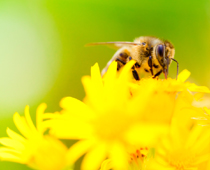
|
||||||||
|
| 2. |
Finish this sentence: He is _____ the deer. 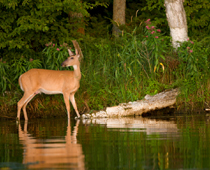
|
||||||||
|
| 3. |
Finish this sentence: He is _____ this sum up. 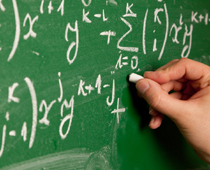
|
||||||||
|
| 4. |
Finish this sentence: She is _____ the bush. 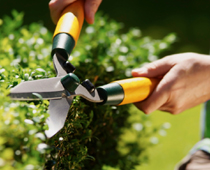
|
||||||||
|
| 5. |
Finish this sentence: The frog is _____ across the pond. 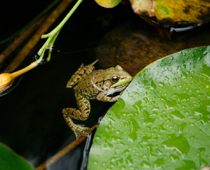
|
||||||||
|
| 6. |
Finish this sentence: They are _____ in a race. 
|
||||||||
|
| 7. |
Finish this sentence: They are _____ to Spain. 
|
||||||||
|
| 8. |
Add 'ing' to the word 'amaze'. 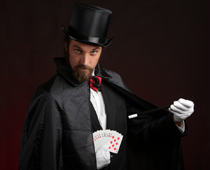
|
||||||||
|
| 9. |
Finish this sentence: They are _____ to the seaside. 
|
||||||||
|
| 10. |
Finish this sentence: He is _____ at you. 
|
||||||||
|
